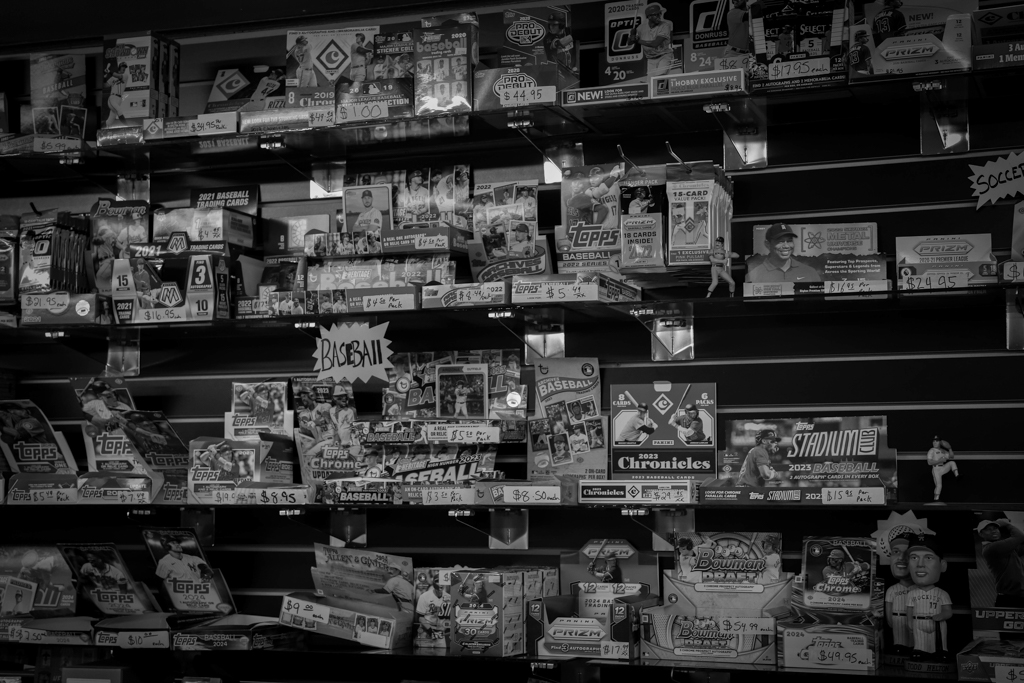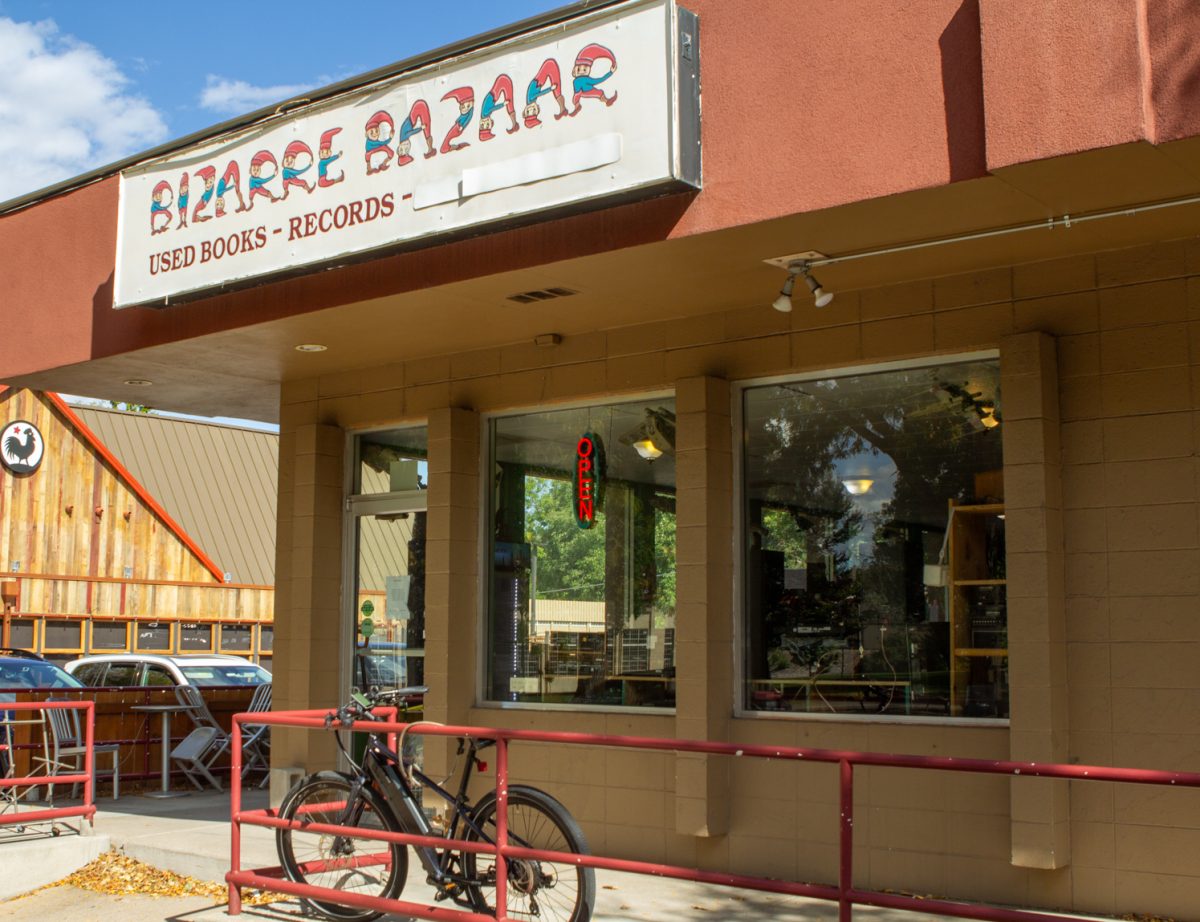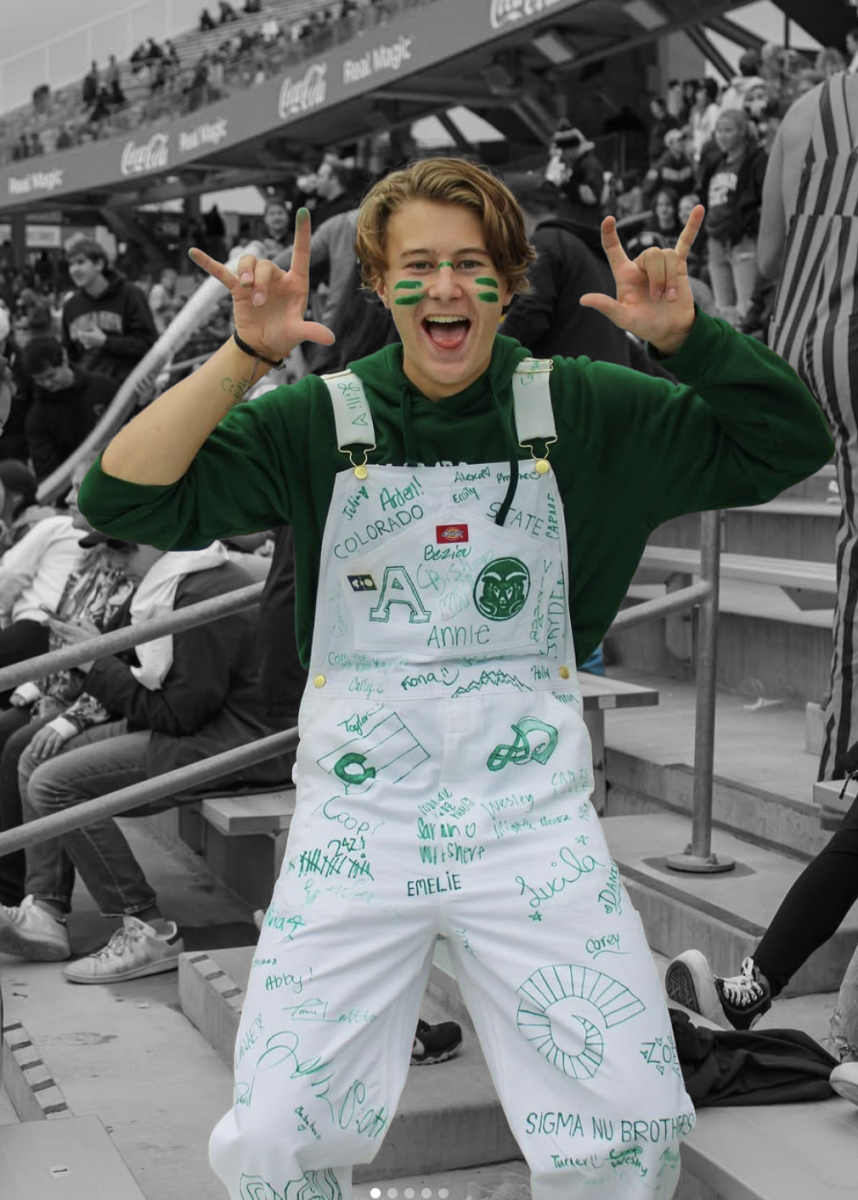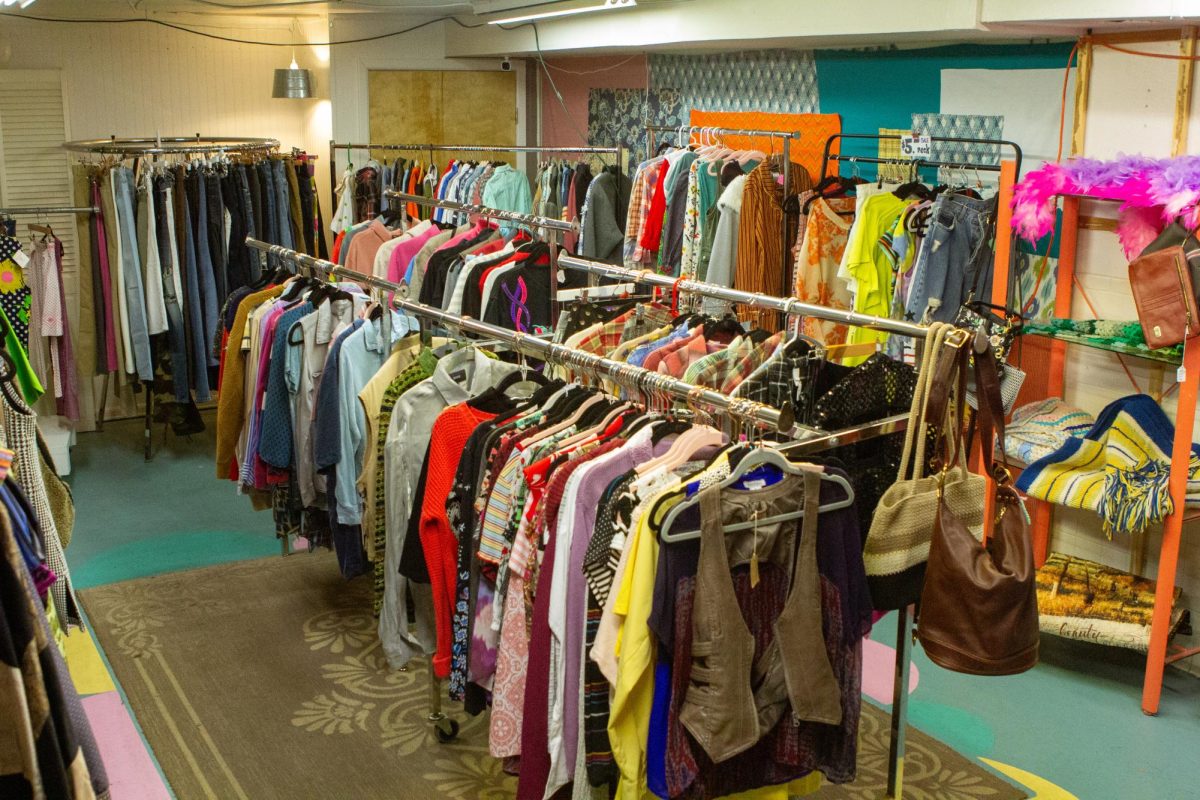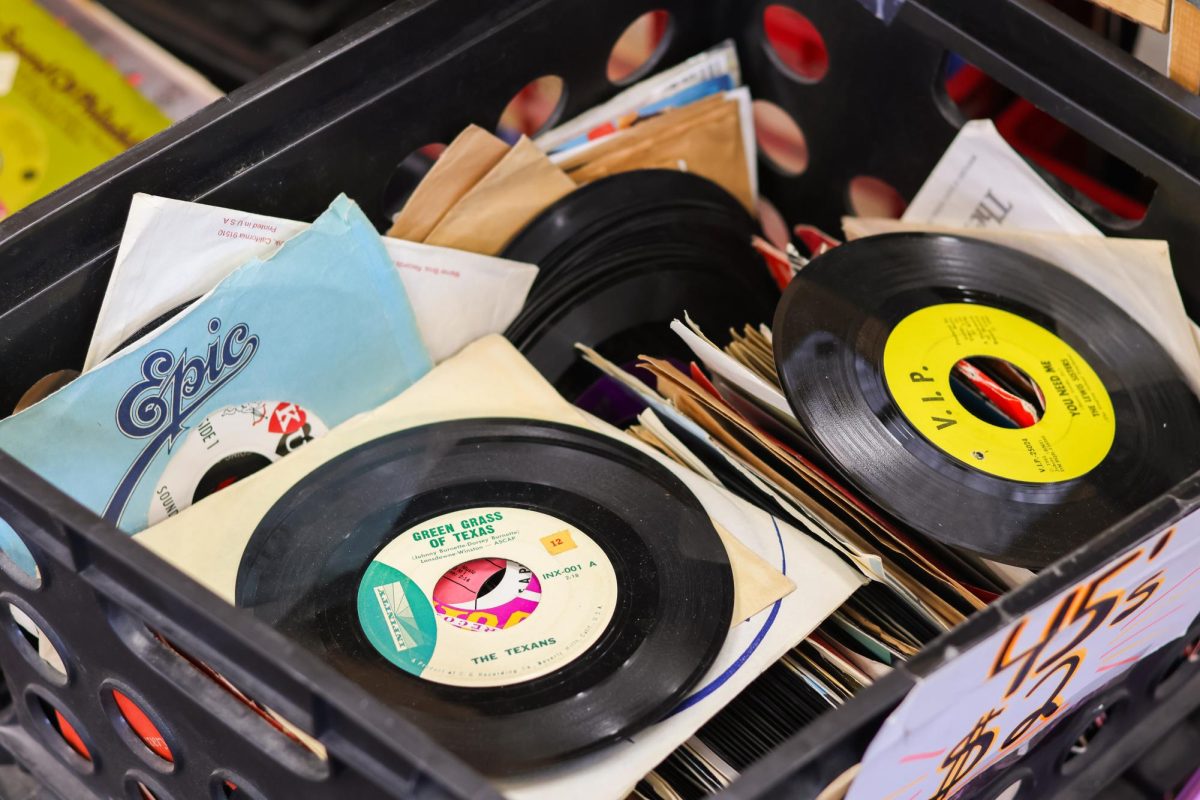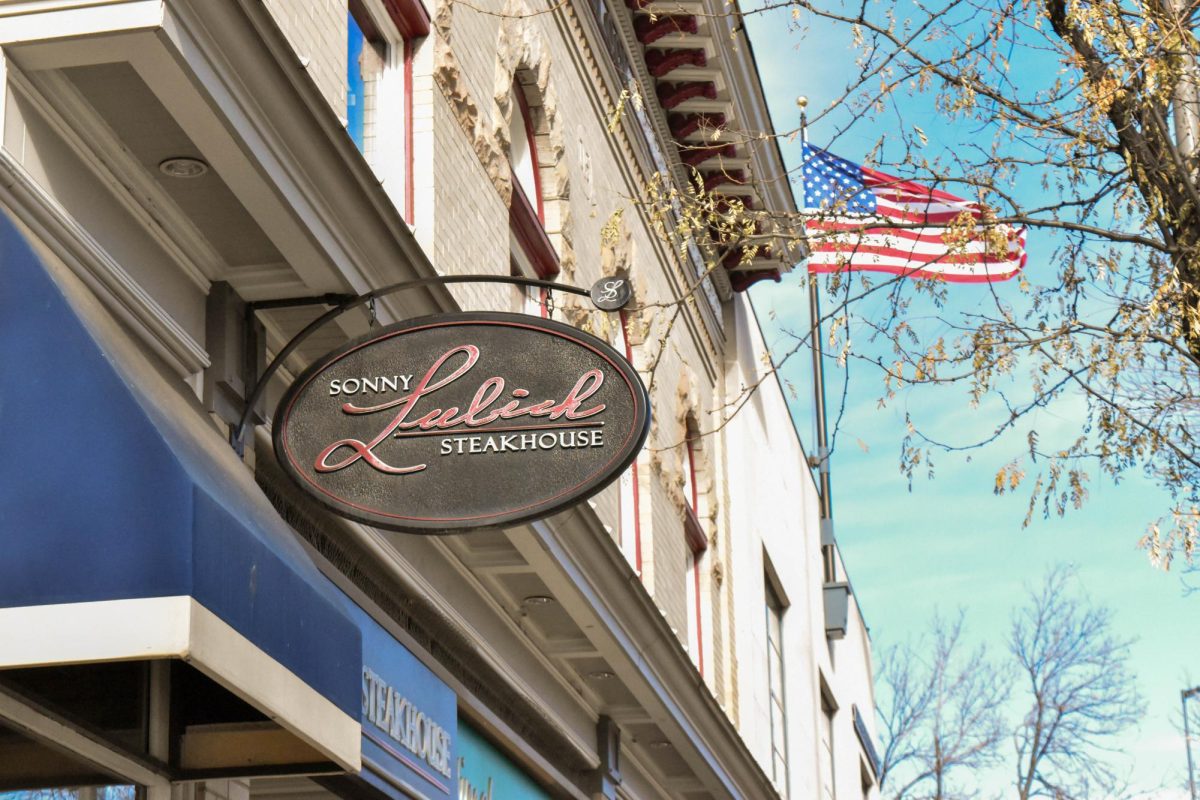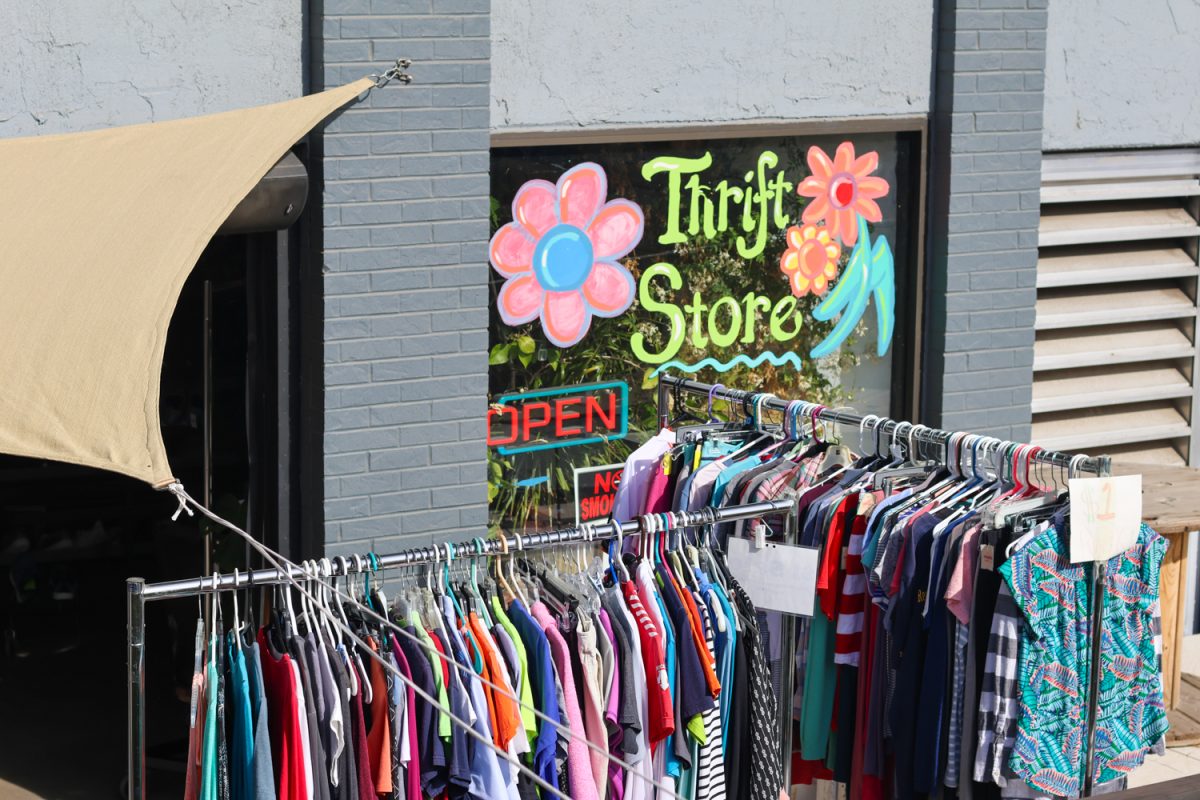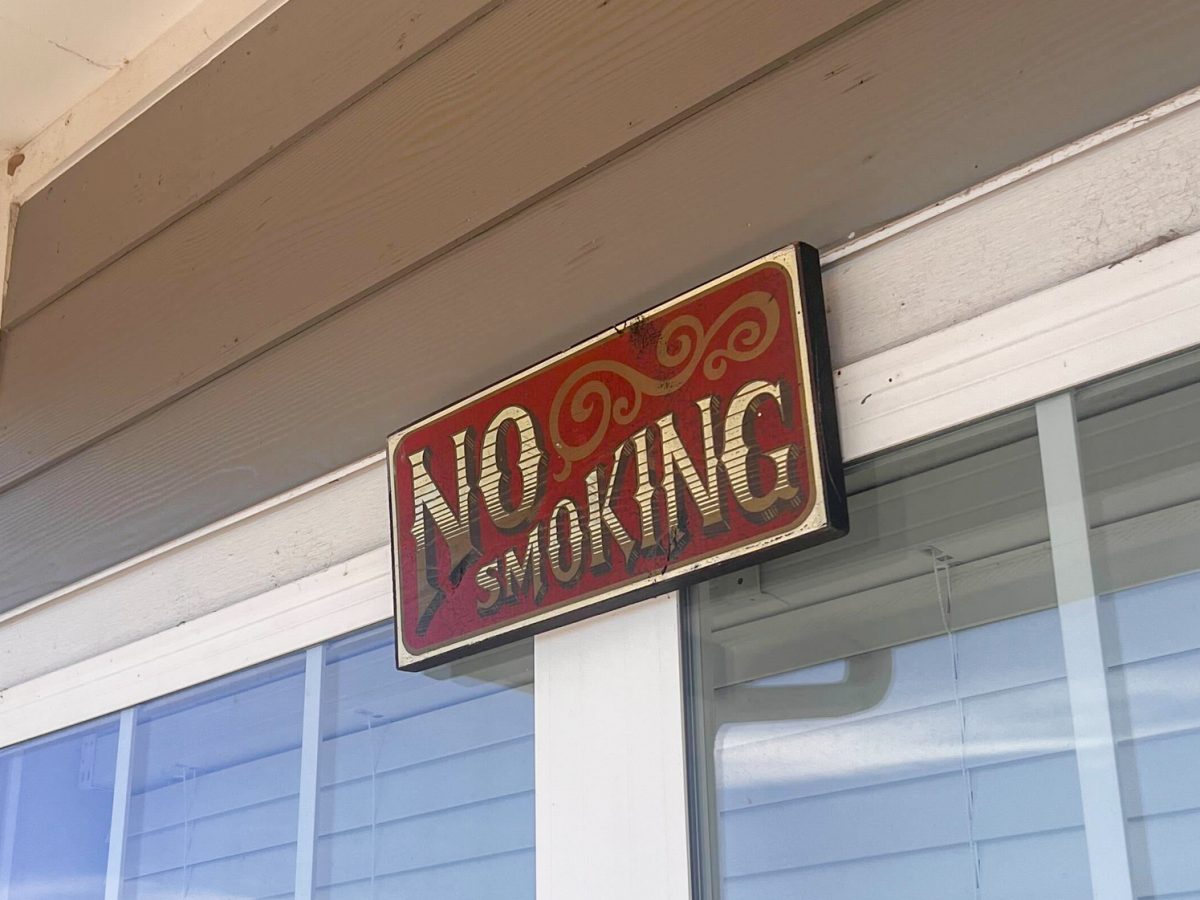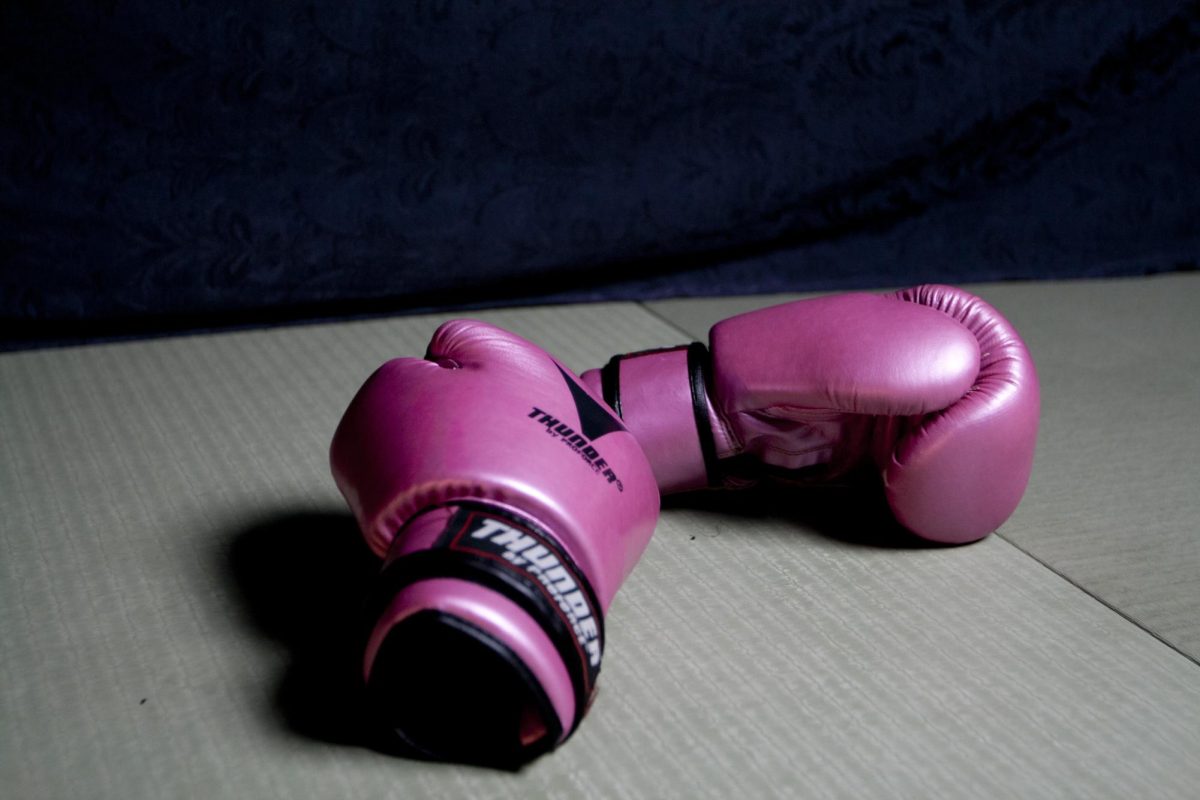The simple act of watching a game has never been enough to satisfy the taste buds of sports fanatics around the country. From stadium snacks to team memorabilia, fans have long sought ways to enhance their connection to the sports they love. Collectible items like playing cards, autographed baseballs, and even fan apparel did not appear in the United States until the rise of professional sports in the early 1900s but have characterized the sporting world since.
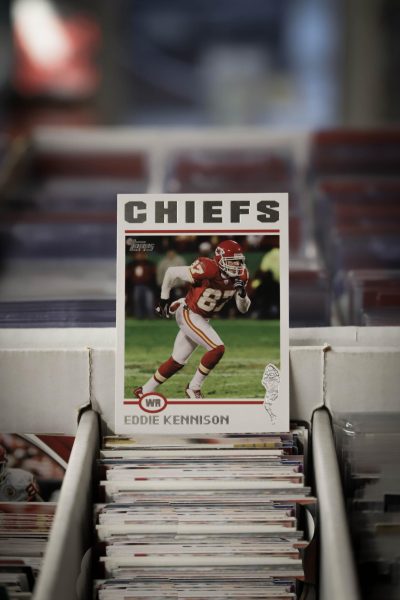
(Emma Winters)
Grand Slam Sports and Comics in Loveland, CO has been providing Coloradans with collectibles for 34 years. Kevin Keen, the owner of Grand Slam Sports, opened his shop at only 17-years-old while still in high school, alongside his friend and former business partner.
Keen shared that as a child he always aspired to sell cards. After a shoulder injury halted his football and track career, the opportunity presented itself.
“I’m not sure why I always had such a fascination with this stuff,” Keen said. “I like sports, but my dad was never really into them, so I didn’t get it from them. I mean every picture you see when I’m a kid, I’m wearing that stuff. Lo and behold, I’ve owned a card and comic shop for 34 years.”
Since the store’s opening in 1992, the card collecting and memorabilia industry has changed rapidly with new technology.
“I’ve seen the changes, and the world has just gotten smaller,” Keen said. “Our ability to reach out and find other people who are interested in a certain card has never been easier. It’s not just the people in your schools or community; it’s people all across the world.”
Additionally, technology and the increase in popularity of cards have made it nearly impossible to collect complete sets.
“Now there are just more and more sets,” Keen said. “There are unlimited cards you can collect. You’ll never be done. There is a new attention to the hobby since the pandemic, and there are new people getting into it with fresh eyes, whether they’re trying to collect for fun or collect for value.”
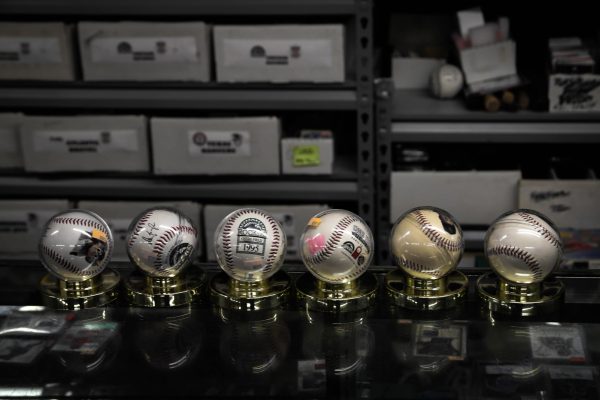
(Emma Winters)
High-value playing cards have even been making headlines in mainstream news outlets. An autographed, one-of-one, Paul Skenes card, a pitcher for the Pittsburgh Pirates, has a bounty placed on it. The Major League Baseball team is offering two season tickets behind home plate for 30 years, two autographed Skenes jerseys, and more.
The Women’s National Basketball League has also become popular amongst collectors in recent years. Caitlin Clark, a player for the Indiana Fever, recently broke the record for the highest sale of any WNBA sports card. The one-of-a-kind autographed card was sold for $234,850.
“I think this proves how hyperbolic and quick-moving the culture has become,” Keen said.
Despite the influx of high-value cards and rapidly changing technology, Keen predicts the industry will continue to thrive.
“When the hobby is working right, it’s people that are just trying to find a way to show the thing they’re a fan of, the player they like, or the team that they support.”











